A look back at drive-in theaters
Imagine a starry night, the smell of popcorn wafting through the air, and the sound of a movie playing under the open sky. Drive-in theaters offer a unique blend of nostalgia and novelty, a charming reminder of simpler times.
As we delve into the world of drive-ins, let’s explore how these outdoor cinemas have enchanted audiences for generations and continue to hold a special place in our hearts.
The Birth of Drive-In Theaters: A 1930s Phenomenon
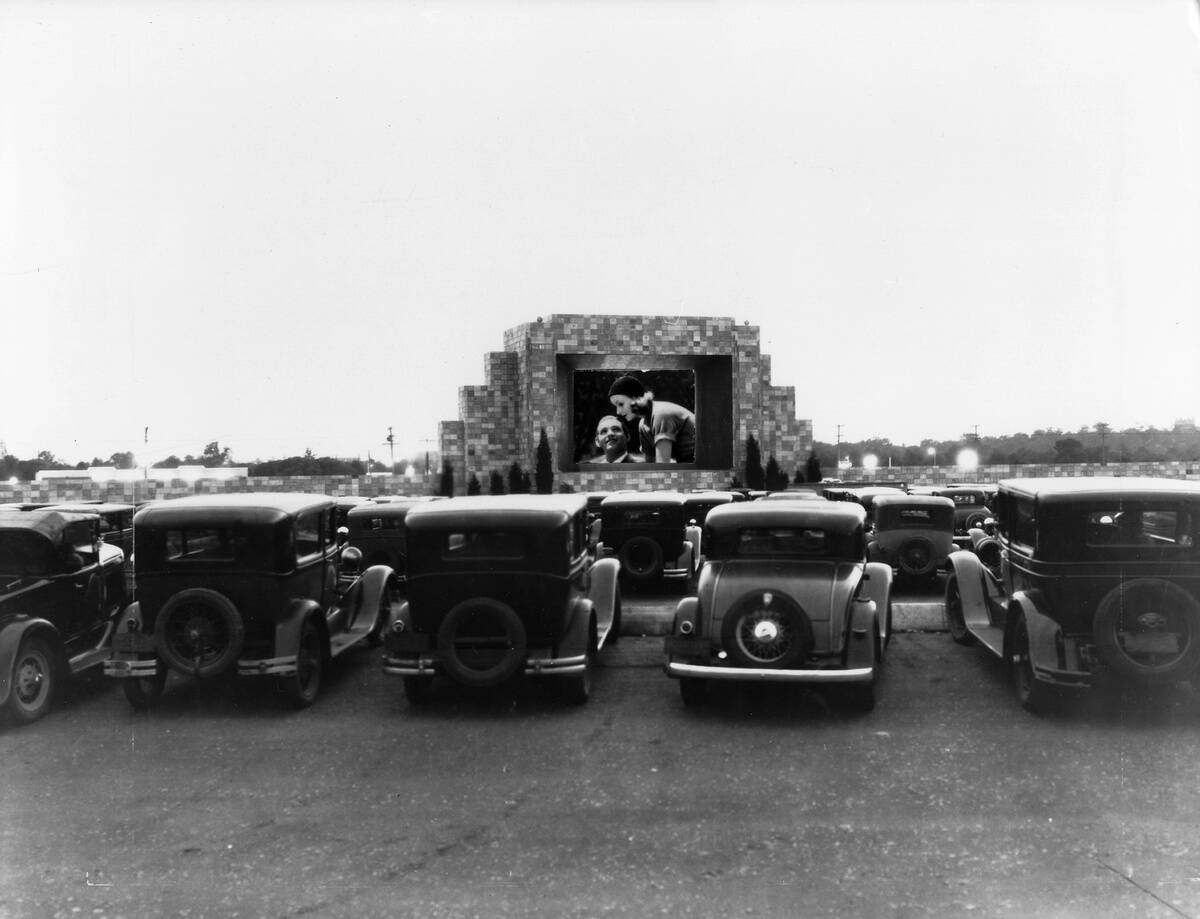
Drive-ins first made their official mark in 1933, thanks to Richard Hollingshead in Camden, New Jersey. His idea was simple: Create a movie experience for everyone, especially families. He experimented with a projector on his car and a screen tied to trees.
Although Claude V. Caver had tried a similar idea in Comanche, Texas, in 1921, and the Theatre de Guadalupe in Las Cruces, New Mexico, was the earliest pioneer of the concept in 1915, Hollingshead’s vision was a hit, leading to the opening of the first drive-in theater. This innovation was a response to the automobile boom, offering a new way to enjoy films.
The Golden Era: Drive-Ins in the 1950s and 60s
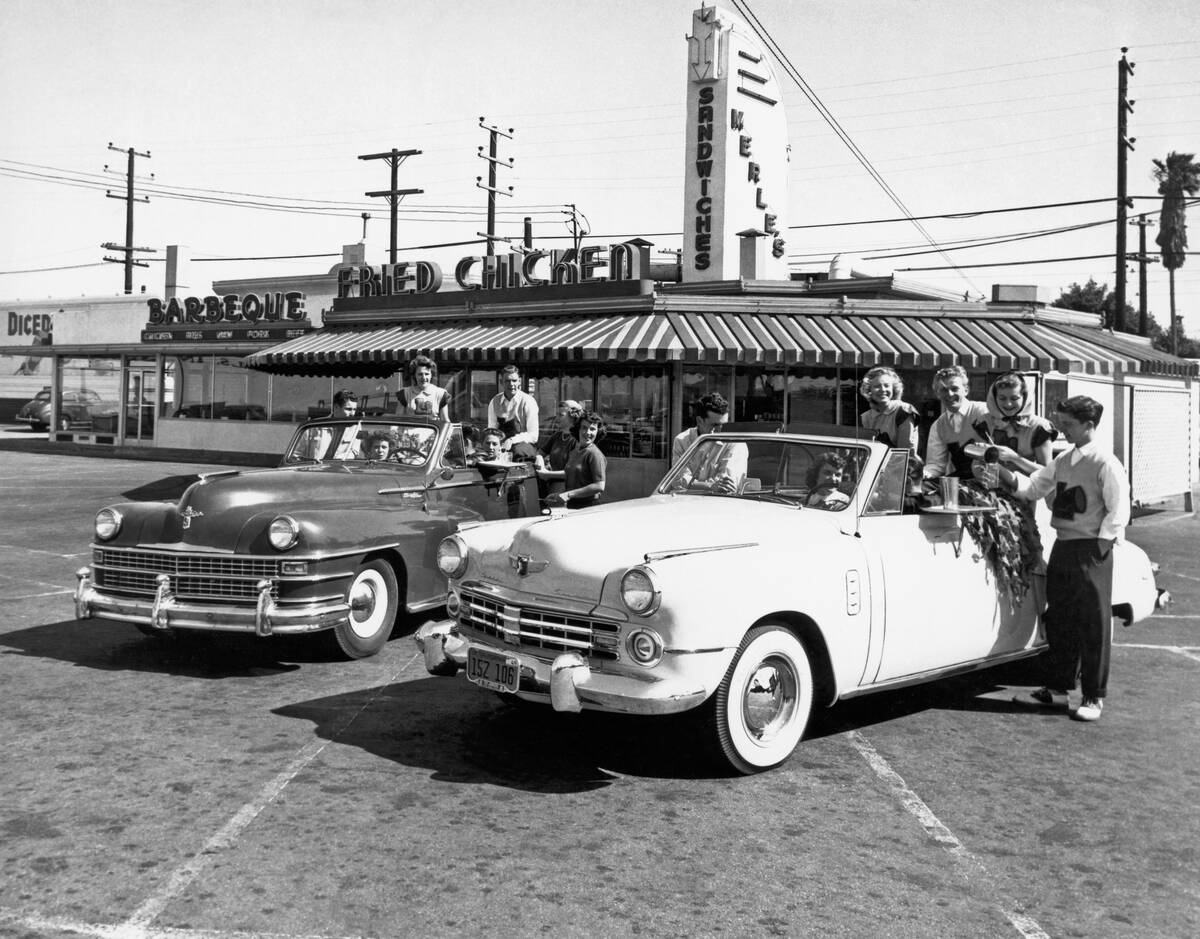
The 1950s and 60s were the heyday of drive-ins, with over 4,000 theaters dotting the American landscape. Families flocked to these venues, drawn by the allure of watching movies from the comfort of their cars.
It was a cultural phenomenon, fueled by the post-war economic boom. Drive-ins became a staple of suburban life, offering an affordable and convenient entertainment option for all ages.
Iconic Drive-In Features: From Carhops to Intermission Snacks
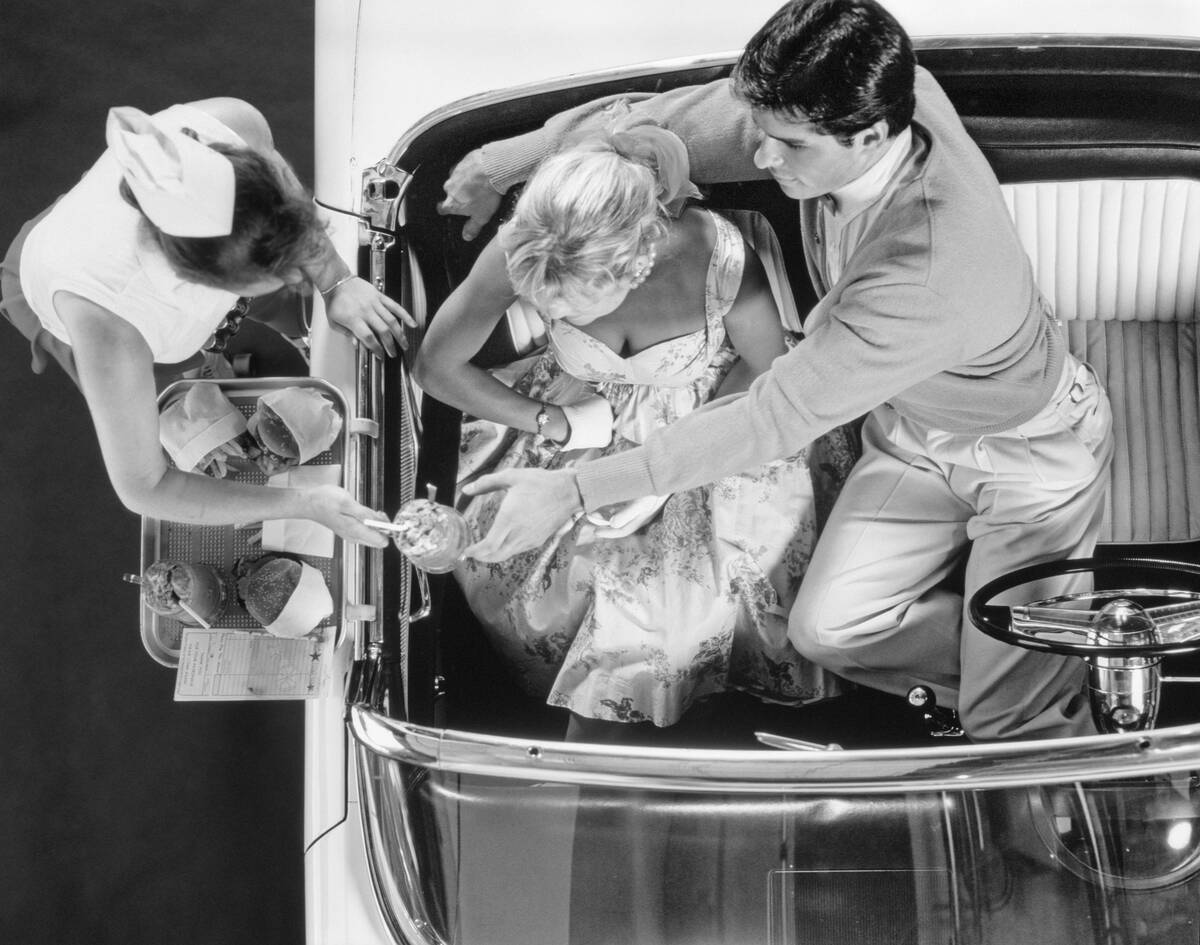
Drive-ins were famous for their quirky features, like carhops on roller skates delivering snacks to your window. Intermissions were a highlight, offering everything from hot dogs to cotton candy.
These breaks were not just about food; they were social events, with kids playing games and car lights flashing. The snack bars became a hub of activity, adding to the overall charm and appeal of the drive-in experience.
The Technological Evolution: Sound and Screen Innovations
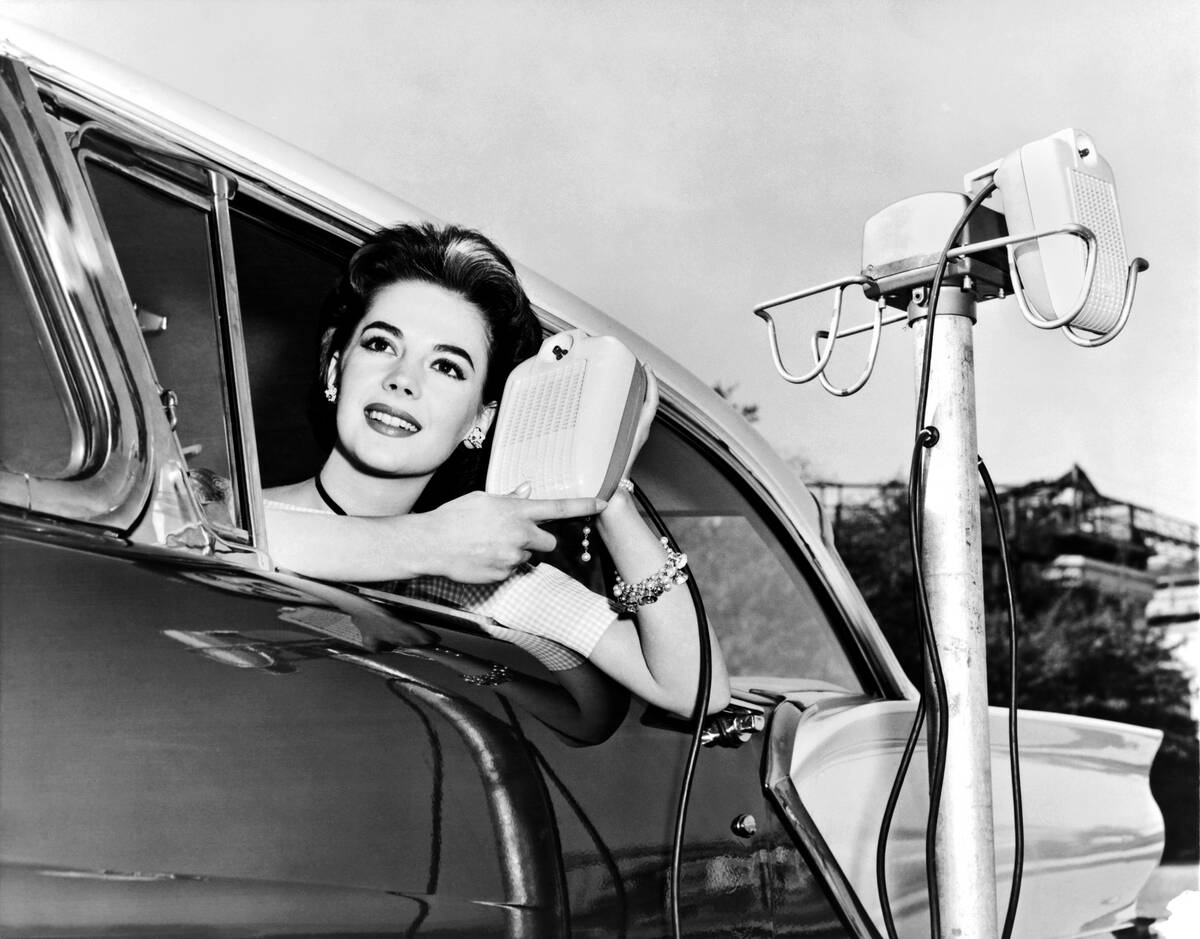
Early drive-ins used speakers mounted on car windows, which often led to sound quality issues. By the 1970s, FM radio transmission became the norm, providing clearer audio.
Screen technology also evolved, with larger and brighter screens replacing the original setups. These advancements enhanced the viewing experience, making drive-ins more enjoyable. Despite these improvements, drive-ins retained their nostalgic charm.
The Social Hub: Drive-Ins as Community Gathering Spots

Drive-ins were more than just movie venues; they were community gathering spots. Families and friends would meet up for a night out, creating a sense of camaraderie.
Local events, like car shows and flea markets, often took place at drive-ins, adding to their social role. These theaters became a focal point for community life, fostering connections and creating lasting memories for all who attended.
Memorable Movie Moments: Films That Shaped Drive-In History

Certain films are synonymous with the drive-in experience. Movies like The Blob and American Graffiti became drive-in staples, drawing crowds with their captivating stories.
These films were perfect for the drive-in atmosphere, offering a mix of excitement and nostalgia. The communal viewing experience enhanced the impact of these movies, creating shared memories that lingered long after the credits rolled.
The Decline: Factors That Led to the Waning Popularity

The 1970s and 80s saw a decline in drive-ins, as real estate prices soared and multiplex cinemas gained popularity. The advent of home video also played a role, offering a new way to enjoy movies without leaving home.
Drive-ins struggled to compete with these changes, leading to closures across the country. Despite these challenges, some drive-ins managed to survive, holding on to their nostalgic appeal.
Nostalgic Stories: Personal Anecdotes from the Drive-In Golden Age
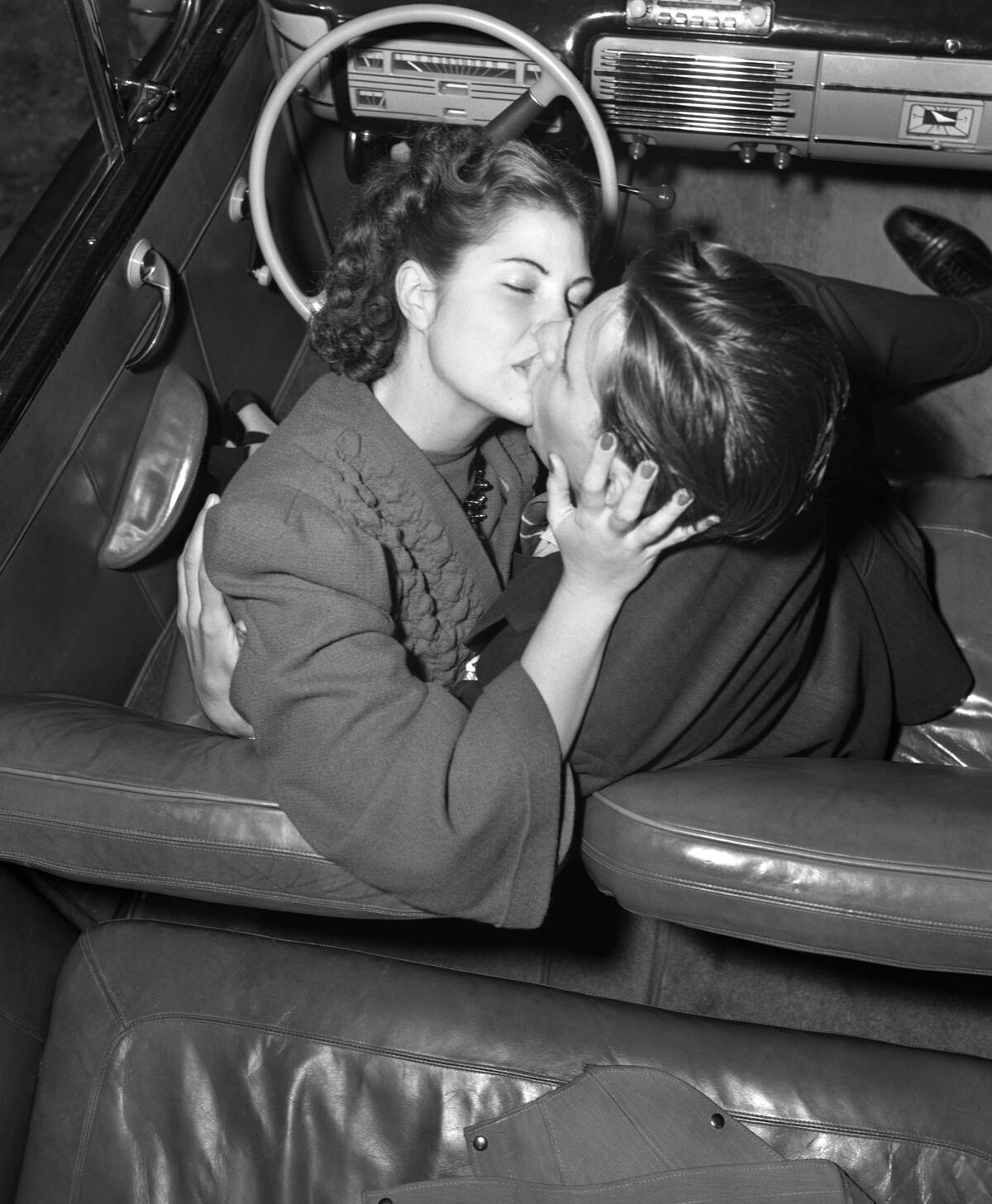
Stories from the golden age of drive-ins often include tales of first dates, family outings, and community gatherings. Many recall the excitement of piling into the family car and the thrill of watching a movie under the stars.
These personal anecdotes highlight the unique charm of drive-ins, capturing the essence of a bygone era. They serve as cherished memories for those lucky enough to experience them firsthand.
The Resurgence: Drive-In Theaters Make a Comeback
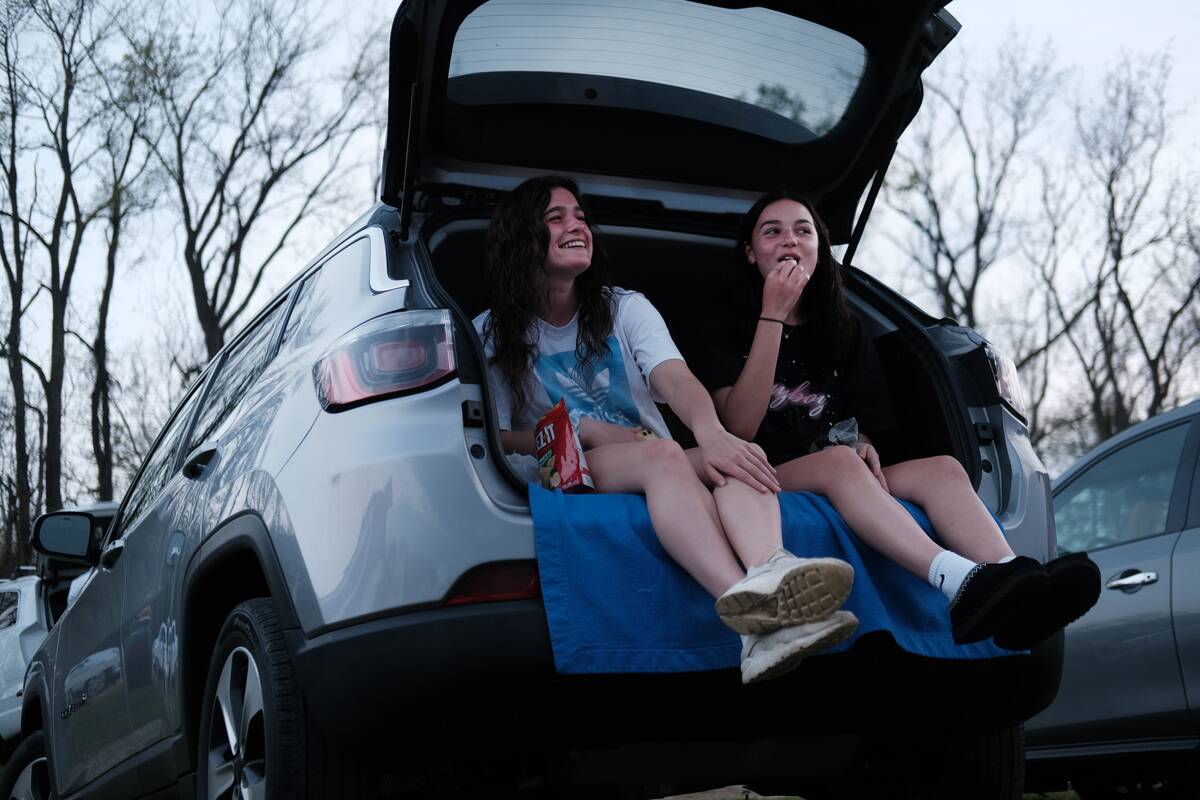
Recently, drive-ins have experienced a resurgence, thanks to a renewed interest in outdoor entertainment. The COVID-19 pandemic led to a revival, as people sought safe and socially distanced activities.
Drive-ins offered the perfect solution, allowing moviegoers to enjoy films from the safety of their cars. This newfound popularity has sparked interest in preserving and restoring these beloved venues for future generations.
Modern Innovations: How Drive-Ins Adapt in the Digital Age
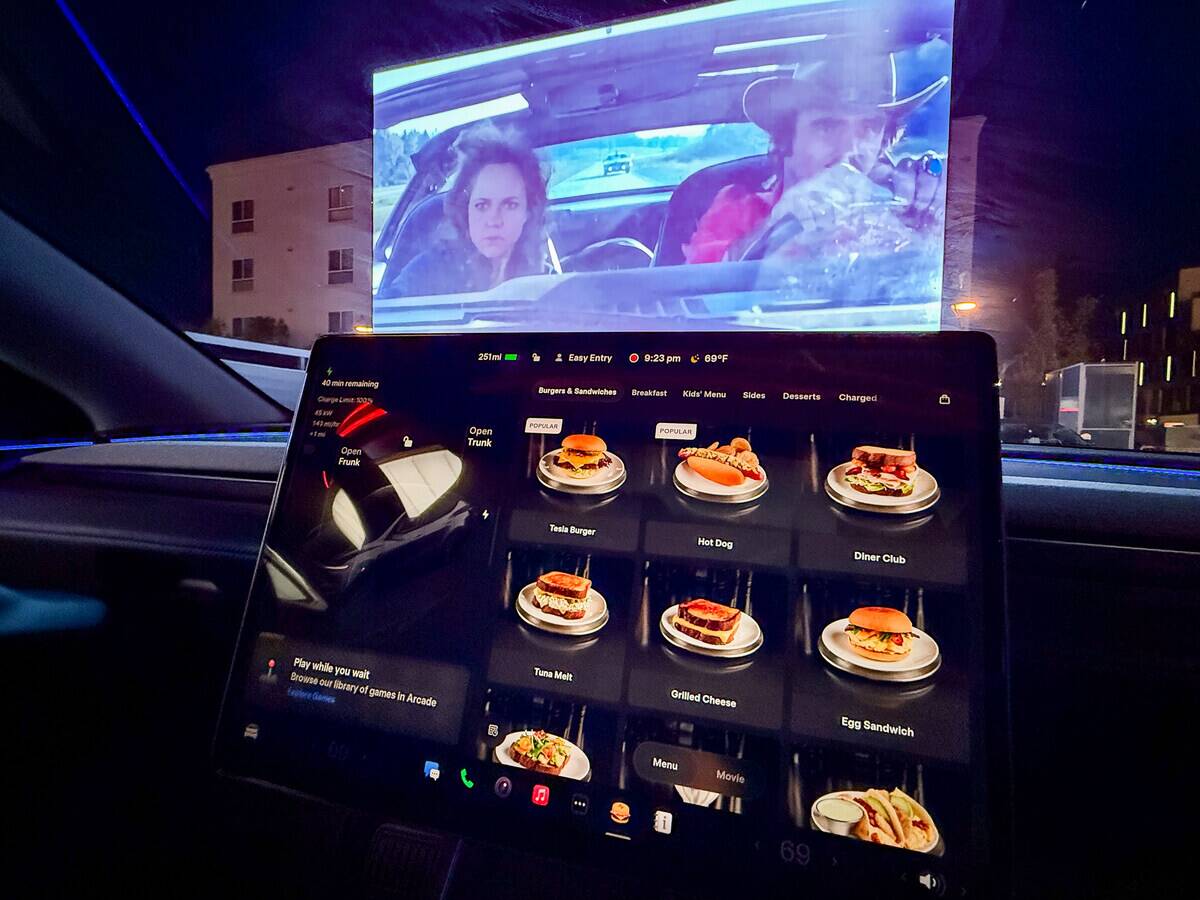
Today’s drive-ins have embraced modern technology, incorporating digital projectors and online ticketing systems. Some even offer smartphone apps for ordering snacks, enhancing convenience.
These innovations have helped drive-ins stay relevant in the digital age, attracting a new generation of moviegoers. By blending nostalgia with modernity, drive-ins continue to offer a unique and enjoyable movie experience.
The Unique Experience: What Sets Drive-Ins Apart from Indoor Theaters

Drive-ins offer a distinct experience, combining the magic of movies with the beauty of the outdoors. Unlike indoor theaters, drive-ins allow for a relaxed and informal atmosphere, where viewers can chat and enjoy snacks in their cars.
The open sky adds to the ambiance, creating a sense of adventure. This unique setting sets drive-ins apart, making them a cherished part of the cinematic landscape.
Family Traditions: Generational Love for Drive-In Theaters
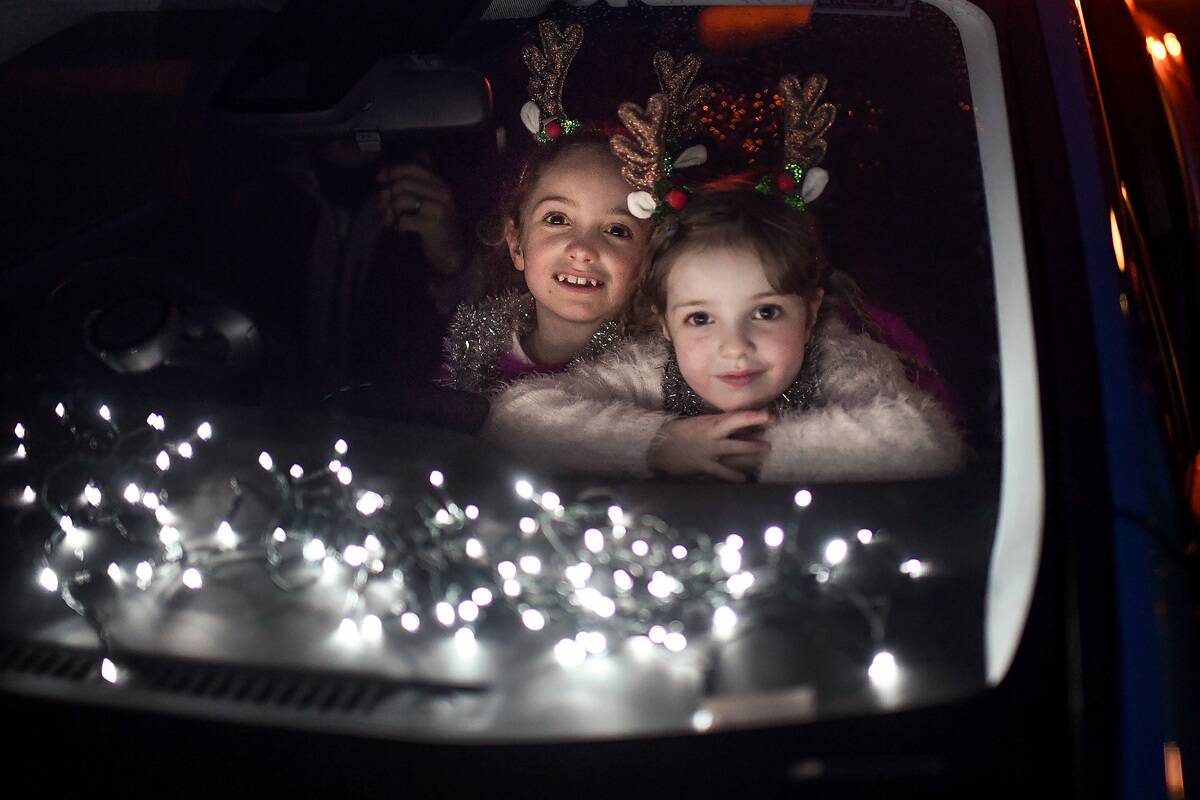
For many families, drive-ins are a cherished tradition, passed down through generations. Parents who once attended drive-ins as children now bring their own kids, creating new memories.
This generational love for drive-ins speaks to their enduring appeal, offering a shared experience that transcends time. It’s a testament to the lasting charm of these outdoor theaters and their ability to bring families together.
The Global Scene: Drive-Ins Around the World
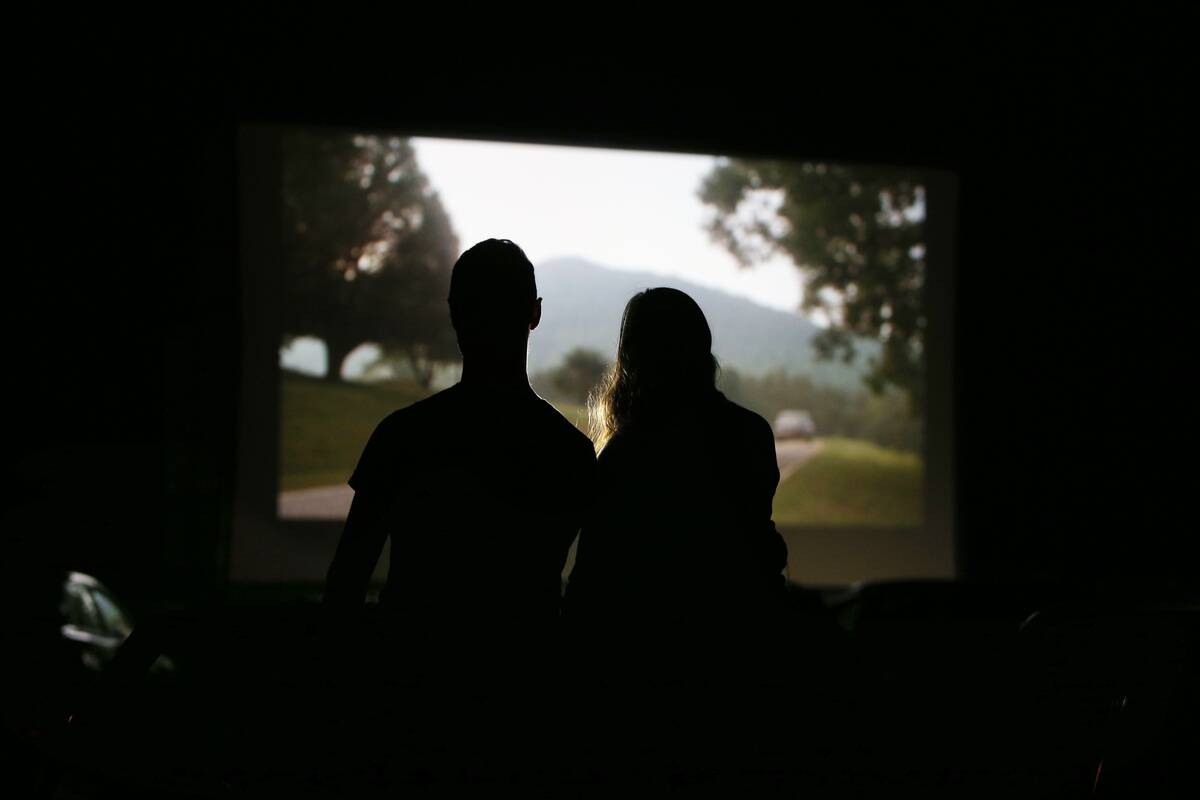
While drive-ins are often associated with American culture, they have a global presence. Countries like Australia and Germany boast thriving drive-in scenes, each with its own unique twist.
In Australia, drive-ins often feature double features, while Germany’s venues are known for their amenities. These international variations highlight the universal appeal of drive-ins, showcasing their adaptability across cultures.



